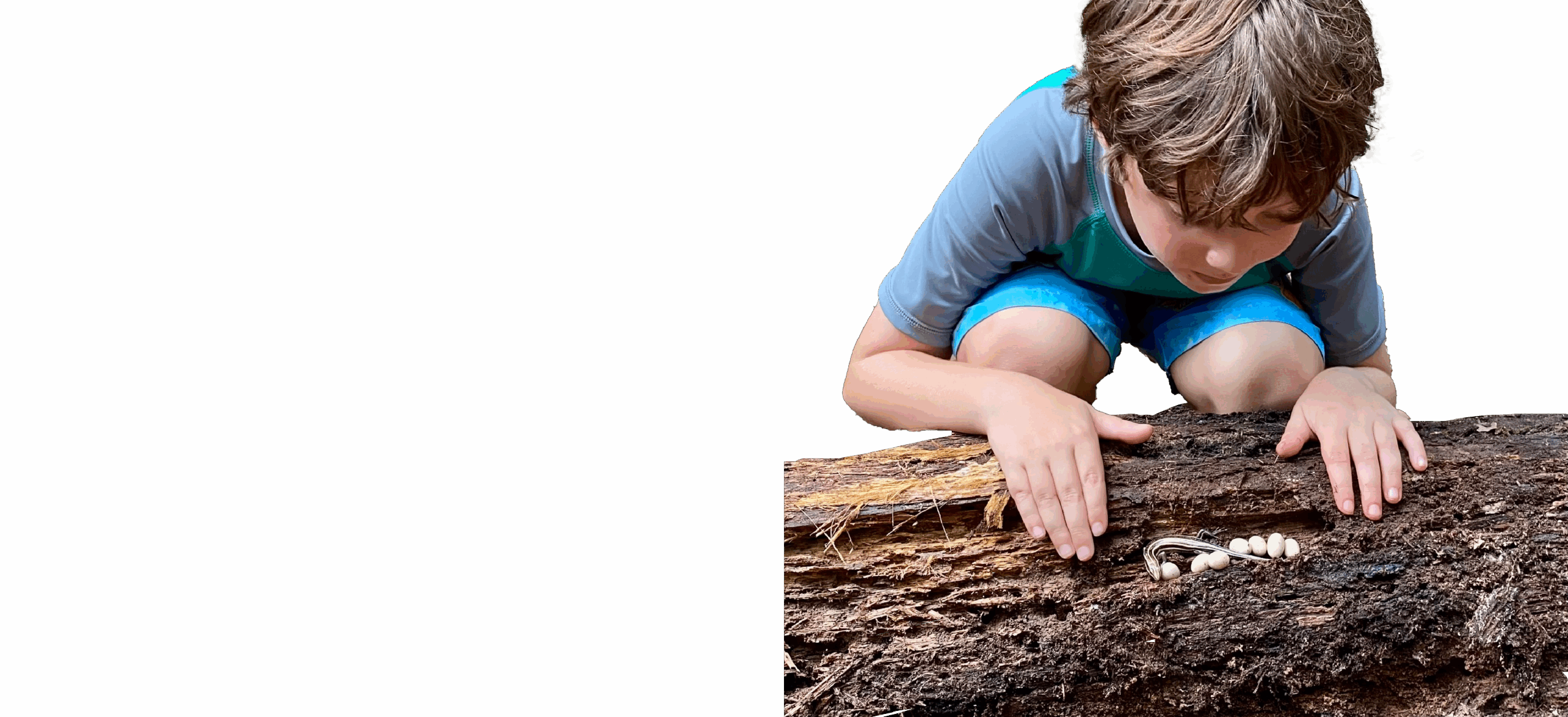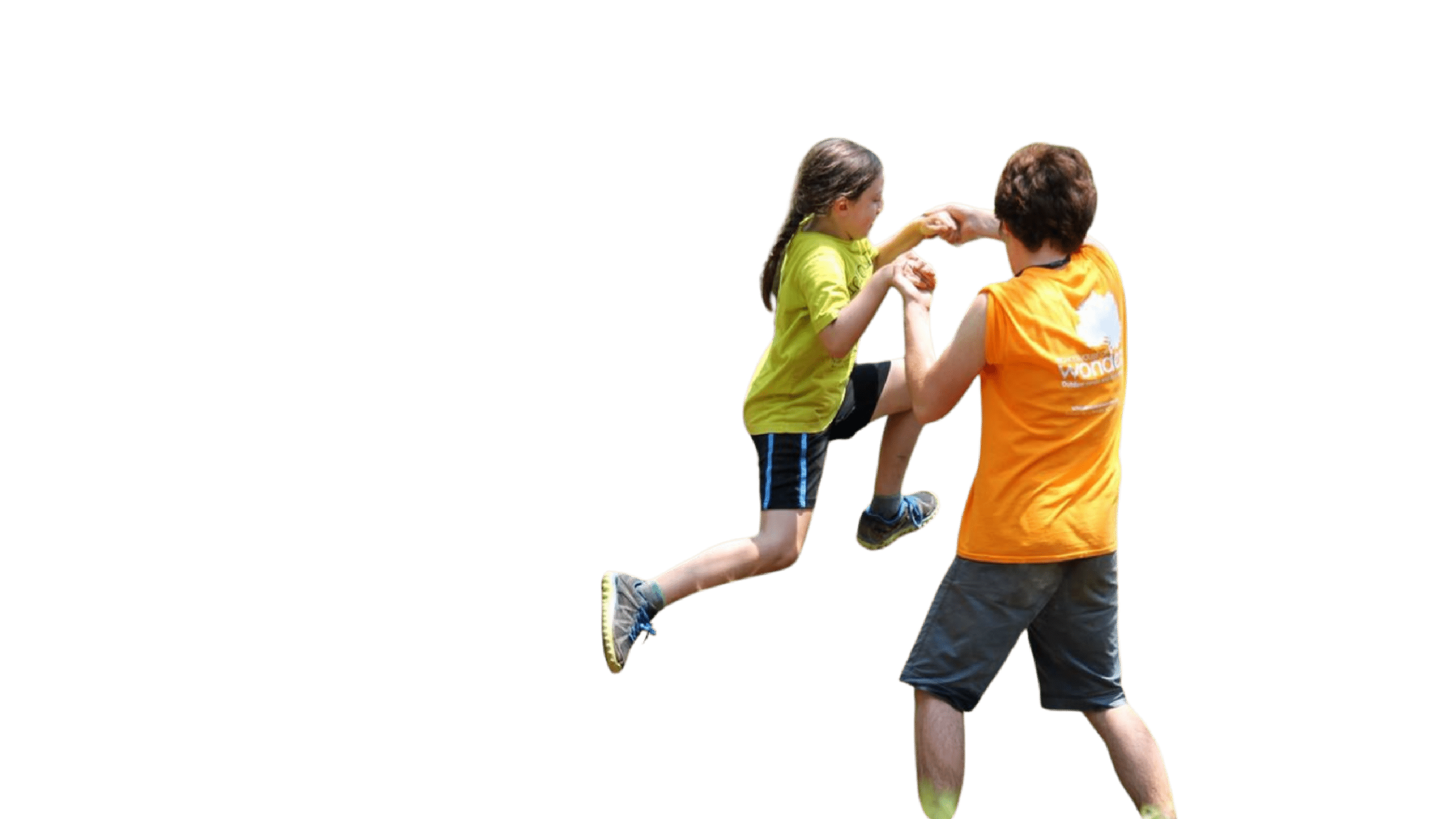Outdoor activities — both work and recreation alike — have long been male-dominated fields. However, dozens of women throughout history have been instrumental in shaping the outdoors as we know it. This week marks the beginning of Women’s History Month, making it a great time to spotlight some of these trailblazing women.
Ynés Mexía (1870 – 1938)
This Mexican American botanist devoted much of her career to studying and protecting redwoods — work that is still influential today, a hundred years later. She was described by the U.S. Parks Service as “assertive, brave, and not afraid to challenge racism, sexism, ageism and more in her impressive and amazing career.”
Margaret Nygard (1925-1995)
In a story close to home for many of us, Margaret Nygard was a champion for protecting the Eno River and the surrounding watershed. Now, her children carry on her legacy, and have been outspoken in opposing the development of land around the Eno.
Wangari Maathai (1940-2011)
This Kenyan environmental activist was the first African woman to win the Nobel Peace Prize. She founded the Green Belt Movement, which aims to provide sustainable and equitable access to water, food, and supplies in rural Kenya. She also served on Kenya’s parliament from 2002 to 2007.
Clare Marie Hodges (1890-1970)
Hodges was the first female ranger with the National Parks Service, serving at Yosemite National Park and paving the way for a more inclusive Parks Service. She would remain the only female ranger for the next 30 years.
Hazel Johnson (1935-2011)
Johnson is widely considered the “Mother of the Environmental Justice Movement.” Environmental justice is a field dedicated to equity for all people when it comes to the development of environmental policies and laws. Her advocacy led to President Clinton’s signing of the 1994 Environmental Justice Executive Order.



